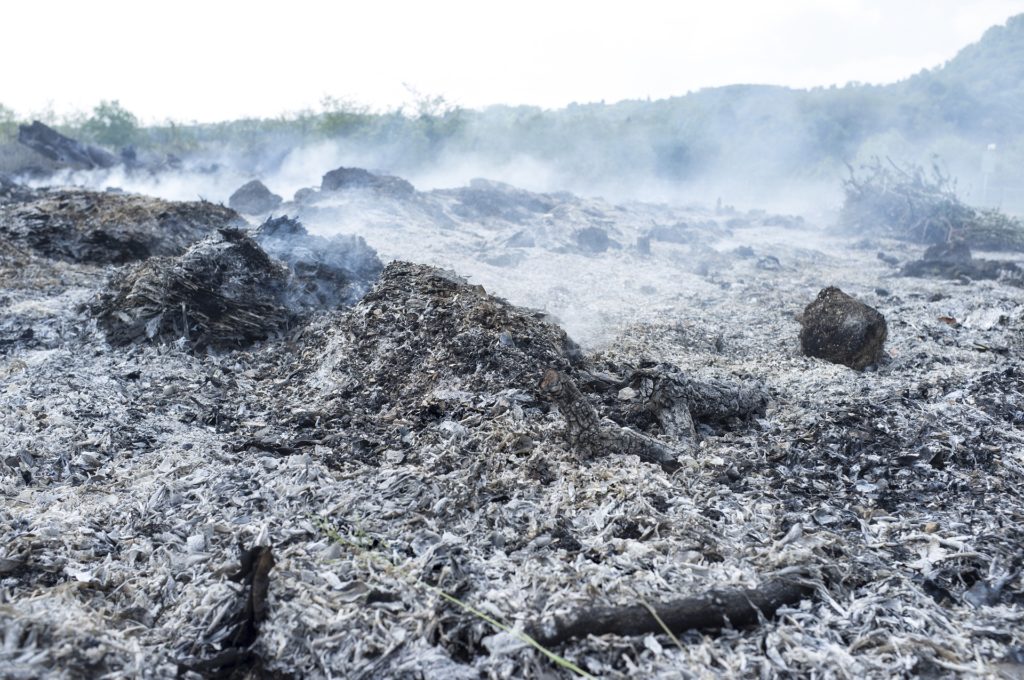Carbon monoxide is part of what scientists blame on climate change. The more carbon monoxide that gets released into our atmosphere, the less our ozone layer can protect itself from other harmful pollutants.
Think of it this way; carbon monoxide reduces the ability of the ozone layer to do its job.
When fossil fuels burn inefficiently they tend to release more carbon monoxide into the air. This colorless and odorless pollutant is regulated by the United States and other countries in the world.

Fossil fuels that burn incompletely or inefficiently leave a trace of carbon monoxide that gets carried into our atmosphere by the wind. This circulates the pollutant into our lower atmosphere creating what we see as climate change throughout the world.
The oceans get warmer, and the risk of wildfires increases, as well as other abnormal weather patterns, happens because of an increase in carbon monoxide. The atmosphere is unable to regulate the pollutants to maintain a stable climate within the world.
The amount of carbon monoxide released into our atmosphere varies from region to region. You’ll find in Africa that the release of this pollutant changes due to the agriculture season. Africa will see a significant increase in carbon monoxide released due to agricultural burning and wildfires occurring in the Amazon.
In regions like China, the United States, and Europe carbon monoxide increases based on the habit of the population in each area. Rural areas where vehicles are used more frequently tend to release more carbon monoxide than areas that people can use public transportation or walk to their destinations regularly.
Fires that burn across North America and Russia have also played a key role in how much carbon monoxide is released into our atmosphere. Essentially, anytime something is burned down such as fossil fuels for energy, carbon monoxide gets blown around the world heading right up into our atmosphere.
Carbon monoxide doesn’t pose a risk to plant life or other material on Earth, but it’s poisonous to human beings as well as wildlife. Any air-breathing creature will suffer greatly from having too much carbon monoxide in the air.

Since the levels of carbon monoxide increase at various seasons and throughout different regions of the world, it’s hard to determine the best solution to fix the problem. As the carbon monoxide levels increase, so does the risk of having our atmosphere stop working properly.
With significant levels of air pollutants reaching our atmosphere, it’s not able to filter efficiently causing some of the pollutants to get down to the people on Earth creating climate change and future health issues.
